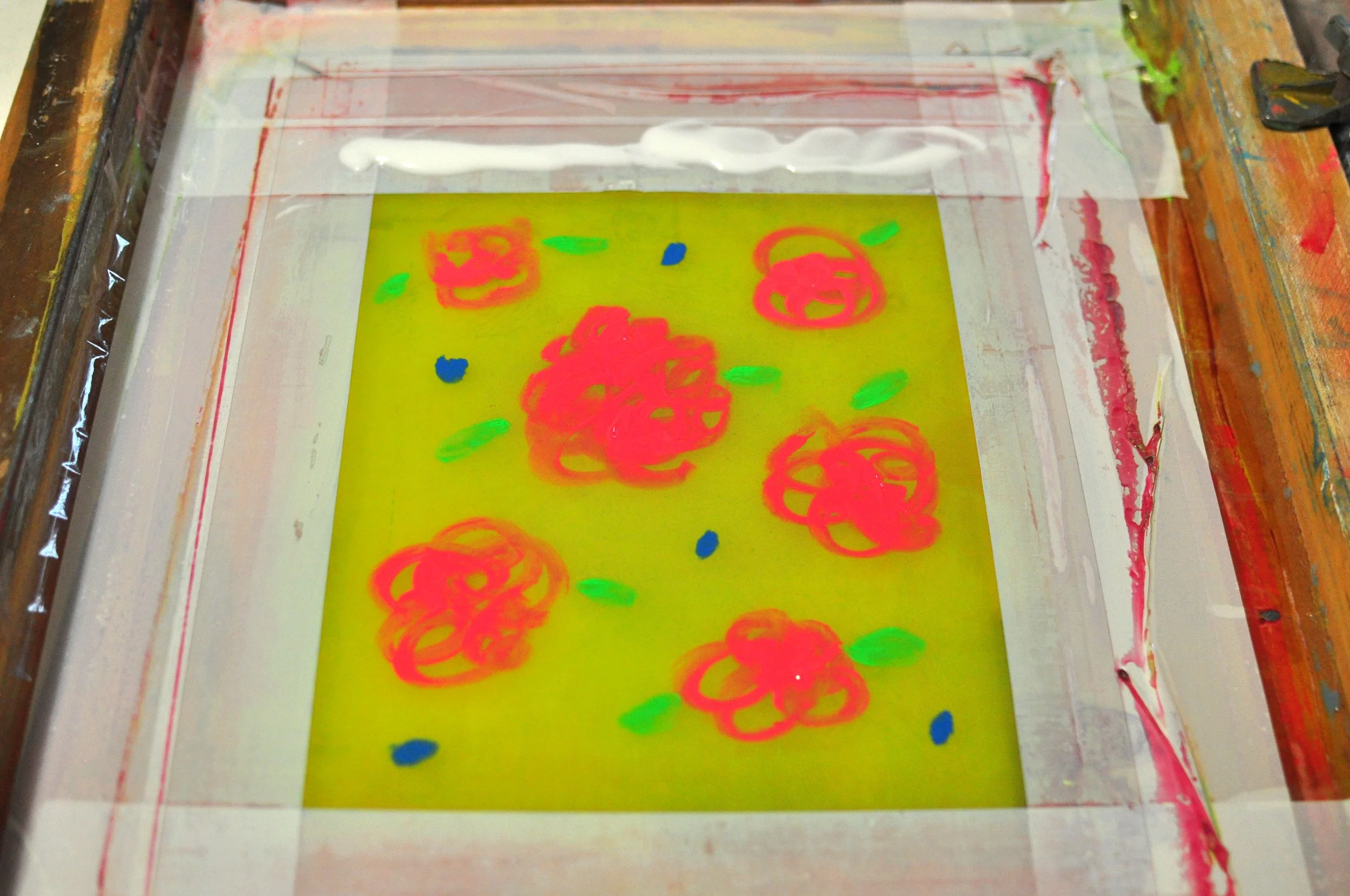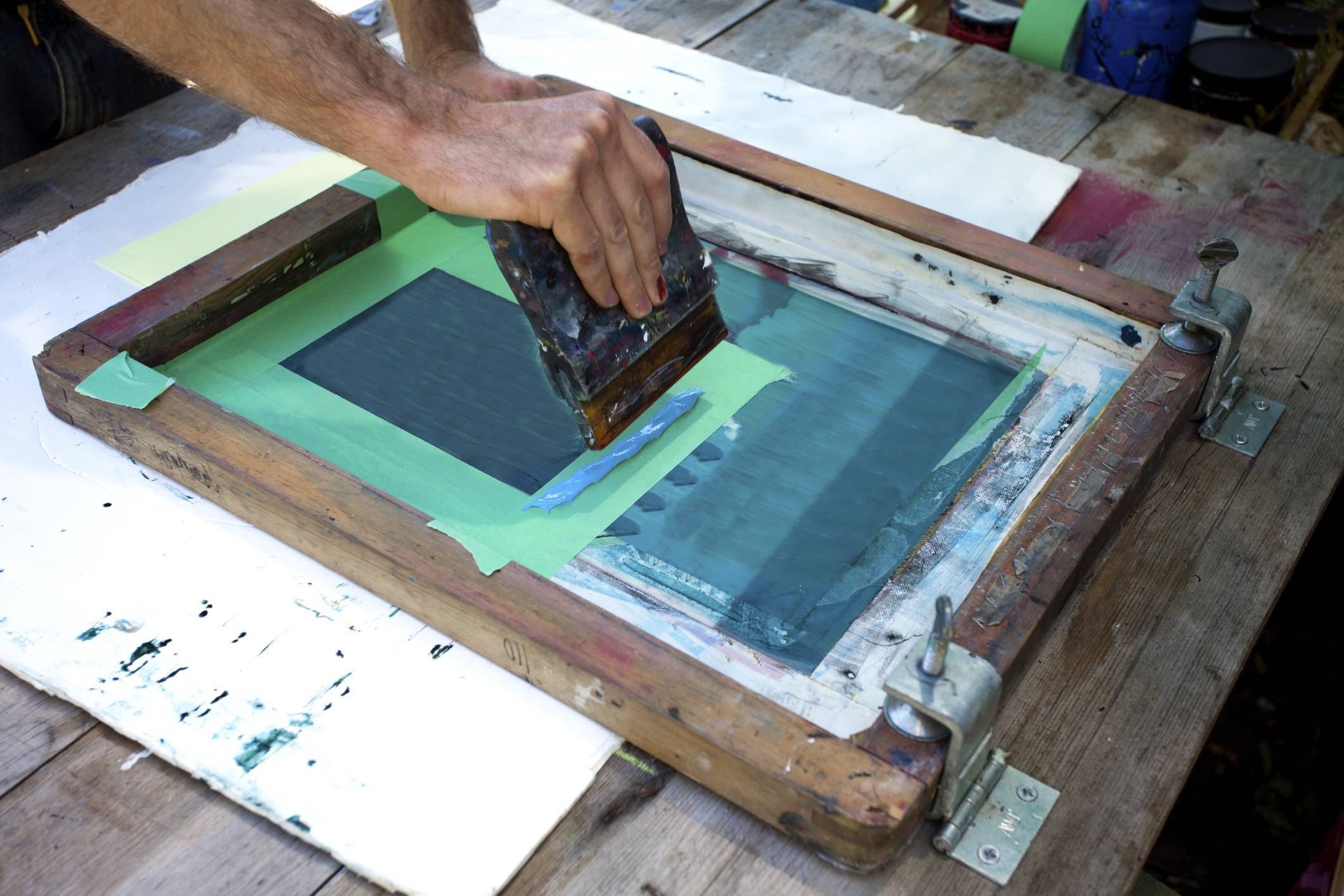ChatGPT said: How to get quick answers through 10:9 Design contact for your next order
Discover the Different Kinds of Screen Printing Techniques for Your Following Job
Screen printing uses a varied series of methods that can boost any creative project. From conventional techniques like serigraphy to modern advancements such as direct-to-garment printing, each technique has its one-of-a-kind advantages. Specialty choices, including metallic and environmentally friendly inks, introduce much more opportunities. Comprehending these methods can significantly influence the last outcome. The difficulty exists in choosing the most ideal technique for specific requirements and wanted effects. What elements should one consider?

The Essentials of Screen Printing
Although screen printing might seem facility, it is fundamentally a simple process that includes transferring ink through a mesh screen onto different surface areas. The technique starts with the production of a stencil, which specifies the layout to be published. This stencil is affixed to a mesh screen, normally made of polyester or nylon. As soon as the pattern is in area, ink is related to the screen and pressed with the mesh using a squeegee, causing the preferred pattern being printed on the underlying product.
Screen printing can be done on a vast array of substrates, including plastic, fabric, and paper, making it a flexible option for numerous jobs. The procedure allows for lively colors and elaborate designs, making it preferred in markets such as art, advertising, and style. Comprehending these basics furnishes individuals with the foundational knowledge required to check out even more sophisticated strategies in screen printing.
Traditional Screen Printing Techniques
Conventional screen printing strategies have been employed for centuries, preserving the craftsmanship and artistry of this technique. This approach uses a mesh screen to move ink onto a substratum, such as textile or paper, enabling vibrant and long-lasting styles. The procedure begins with creating a pattern, which blocks certain locations of the screen to control where the ink will be applied.
One preferred technique is serigraphy, commonly utilized for restricted editions and imaginative prints. An additional is making use of water-based inks, which are eco-friendly and offer a soft feel on fabrics - 10:9 Design contact. In addition, conventional approaches can include manual printing, where artisans apply ink with a squeegee, ensuring precision and attention to detail
These methods stay valued in the industry for their tactile top quality and the special textures they generate, interesting both consumers and creators that appreciate the heritage of screen printing.
Digital Screen Printing Innovations
As the need for faster manufacturing and modification in the printing market has actually risen, digital screen printing innovations have arised as a game-changer. This innovation mixes traditional screen printing approaches with electronic procedures, permitting for quick prototyping and elaborate designs that were previously hard to attain. One substantial innovation is the introduction of direct-to-garment (DTG) printing, which promotes top quality, full-color prints on various fabrics without the requirement for displays. In addition, developments in ink solutions have led to green alternatives that preserve dynamic shades while reducing environmental influence. The usage of automated systems even more streamlines manufacturing, minimizing labor costs and improving accuracy. These technologies not only provide to small batch orders and individualized layouts however additionally permit for quicker turnaround times, making them perfect for businesses focused on meeting client needs in a fast-paced market. Digital screen printing, consequently, stands for a vital evolution in the domain of printing strategies.
Specialty Screen Printing Approaches
Checking out specialized screen printing techniques reveals a varied variety of strategies that push the limits of creativity and capability in the printing market. Amongst these, glow-in-the-dark inks give a special visual effect, making styles come active in low-light problems. Metallic inks, understood for their glittering finish, include a touch of luxury to printed materials. An additional innovative technique is discharge printing, which eliminates dye from the textile rather of including ink, leading to a soft, vintage feel. High-density printing creates an increased texture on the surface, boosting responsive engagement. Additionally, water-based inks are getting popularity for their lively colors and reduced environmental impact. Each of these specialized techniques provides to particular layout requirements, making it possible for brands and musicians to create standout items that resonate with their target markets. By leveraging these methods, businesses can boost their screen printing jobs to new heights, making sure memorable impacts.
Eco-Friendly Screen Printing Options
Green screen printing alternatives are obtaining traction as the market changes in the direction of sustainability. Sustainable ink choices and making use of eco-friendly materials are vital click here for more components in lowering the environmental impact of the printing procedure. By embracing these techniques, screen printers can add to a much more sustainable future while preserving top quality results.
Sustainable Ink Options

Biodegradable Products Use
As the screen printing sector progresses, the incorporation of naturally degradable products is ending up being increasingly essential for environmentally mindful methods. Designers and makers are currently exploring inks and substrates made from natural, renewable energies that break down much more successfully than standard equivalents. These biodegradable choices decrease plastic waste and reduce ecological influence, straightening with the growing demand for lasting items.
Usual instances consist of water-based inks and natural cotton materials, both of which lessen hazardous chemicals and promote eco-friendliness. Brand names that take on these materials typically improve their market appeal, drawing in customers who focus on sustainability. As awareness of environmental concerns proceeds to increase, the change in the direction of eco-friendly products image source in screen printing is likely to get energy, promoting a greener market requirement.
Selecting the Right Method for Your Task
How can one determine the most ideal screen printing method for a particular project? The choice pivots on numerous elements, consisting of the product to be published on, the complexity of the design, and the desired production volume - 10:9 Design Texas. Direct-to-garment printing is suitable for elaborate styles with countless shades, while traditional screen printing succeeds for larger runs of easier graphics.
Furthermore, consideration of the end-use of the printed thing is essential. For outdoor applications, strategies that offer resilience and weather condition resistance, such as plastisol ink, might be liked. Alternatively, environmentally-conscious jobs may take advantage of water-based inks or eco-friendly products.
Eventually, comprehending the task's one-of-a-kind requirements enables an educated selection, making sure both visual charm and useful durability. By assessing layout complexity, material compatibility, and production scale, one can successfully select the most appropriate screen printing strategy to satisfy their task's objectives.
Regularly Asked Concerns
What Is the History of Screen Printing?
Screen printing came from in old China around 1000 AD, progressing with Japan and Europe. By the 20th century, it ended up being prominent in commercial art and fashion, reinventing how designs were created and dispersed globally.

How Do I Prepare Art Work for Screen Printing?
To prepare artwork for screen printing, one need to ensure high resolution, make use of an ideal color setting, develop different layers for each shade, and convert message to lays out, guaranteeing compatibility with the printing process and wanted result.
What Materials Are Finest for Screen Printing?
The most effective materials for screen printing include high-quality inks, long lasting screens, and ideal substrates like cotton, polyester, or blends. In addition, using appropriate emulsion and squeegees can enhance the printing procedure and final outcomes.
Can I Evaluate Publish at Home?
Yes, screen printing at home is possible. With the best materials, configuration, and techniques, individuals can produce top quality prints. However, mindful consideration of office and equipment is necessary for successful outcomes.

What Prevail Mistakes in Screen Printing?
Common blunders in screen printing include improper direct exposure times, inadequate ink uniformity, go now misalignment of displays, inadequate cleansing of materials, and neglecting to check prints. These errors can jeopardize the quality and precision of the final item.
Screen printing may seem facility, it is fundamentally a straightforward procedure that involves transferring ink via a mesh screen onto numerous surface areas. As the need for faster production and modification in the printing sector has actually surged, electronic screen printing advancements have actually arised as a game-changer. Discovering specialty screen printing methods reveals a varied range of techniques that push the borders of creativity and capability in the printing sector. The finest materials for screen printing include high-quality inks, resilient displays, and suitable substratums like cotton, polyester, or blends (10:9 Design Abilene). Usual errors in screen printing consist of inappropriate exposure times, poor ink uniformity, misalignment of displays, insufficient cleaning of materials, and disregarding to test prints